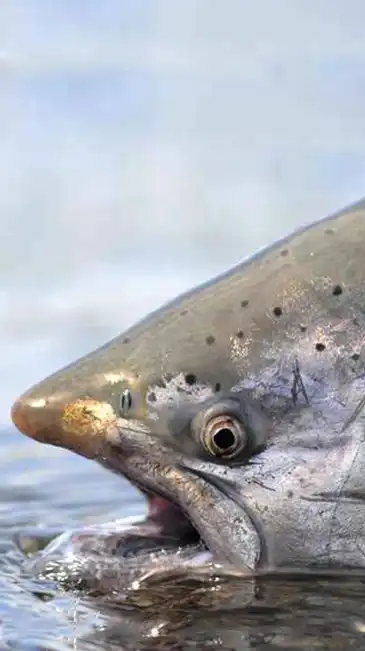Vancouver Island, the largest and greatest island on the Pacific Coast of North America, with both salt and
freshwater fishing, is a tourism front-runner for anglers and visitors from around the globe.
Vancouver Island has a hundred miles of shorelines and tons of places like lakes and rivers besides the pacific ocean to go salmon fishing.
The island is the home of the city known as the
Salmon Capital of the world;
Campbell River is the most popular spot for salmon fishing in the north of Vancouver Island and also in the world.
Sport fisherman from around the world is drawn by the allure of massive
Chinook (King) salmon regularly caught in our waters. Sockeye salmon, Chum salmon, Kokanee salmon, Coho salmon and Pink Salmon are the other popular salmon species that you can find on Vancouver Island. Saltwater salmon fishing on Vancouver Island is famous for good reason. The nutrient-rich waters of the Pacific Ocean on the west coast of Vancouver Island attract small baitfish, which in turn attract hundreds of thousands of salmon each year.
Every year starting in the middle of May, an annual mass migration of Chinook salmons on their way to the Pacific Northwest of the U.S., and they feed on herring and other
baitfish along the way.
The
fishing season ran from late April and continued to October.
A vast network of roads and ferries to the mainland make getting around Vancouver Island very easy. Anglers with their own boats have lots of options here, as do travellers searching to book a day or two of fishing.
